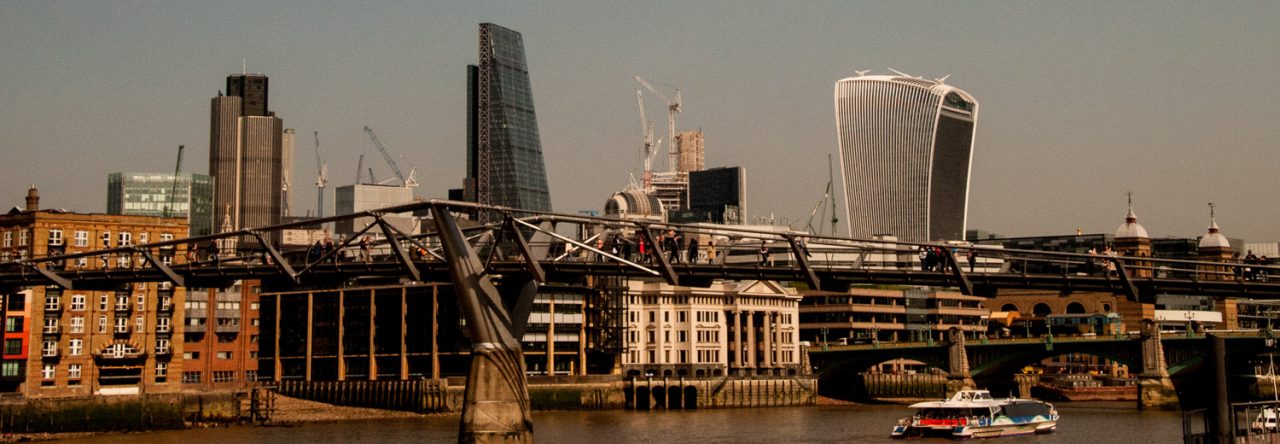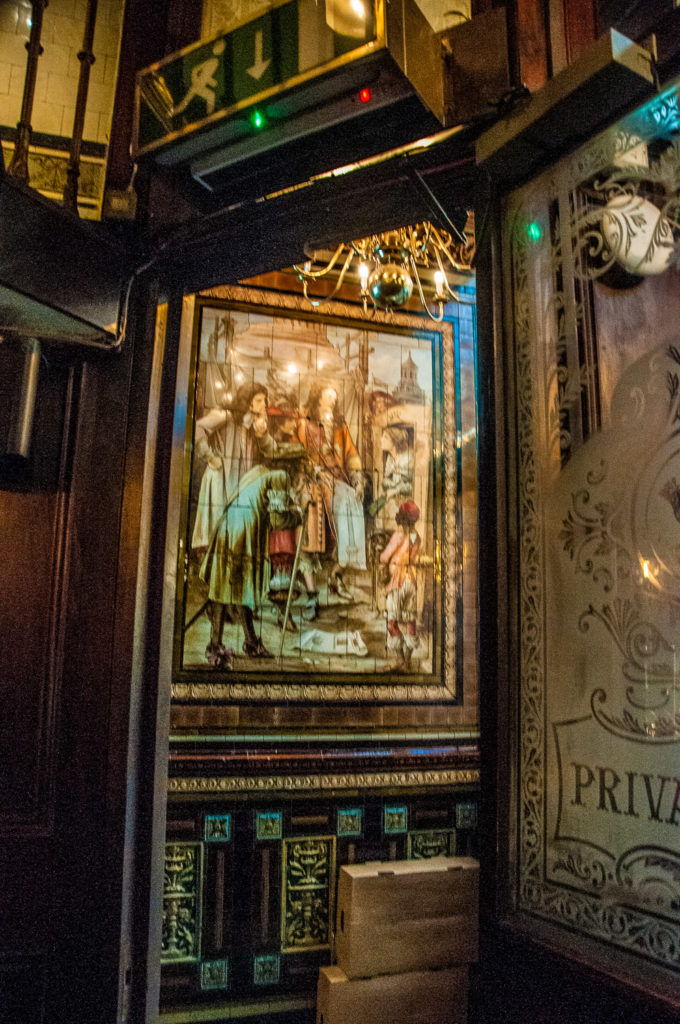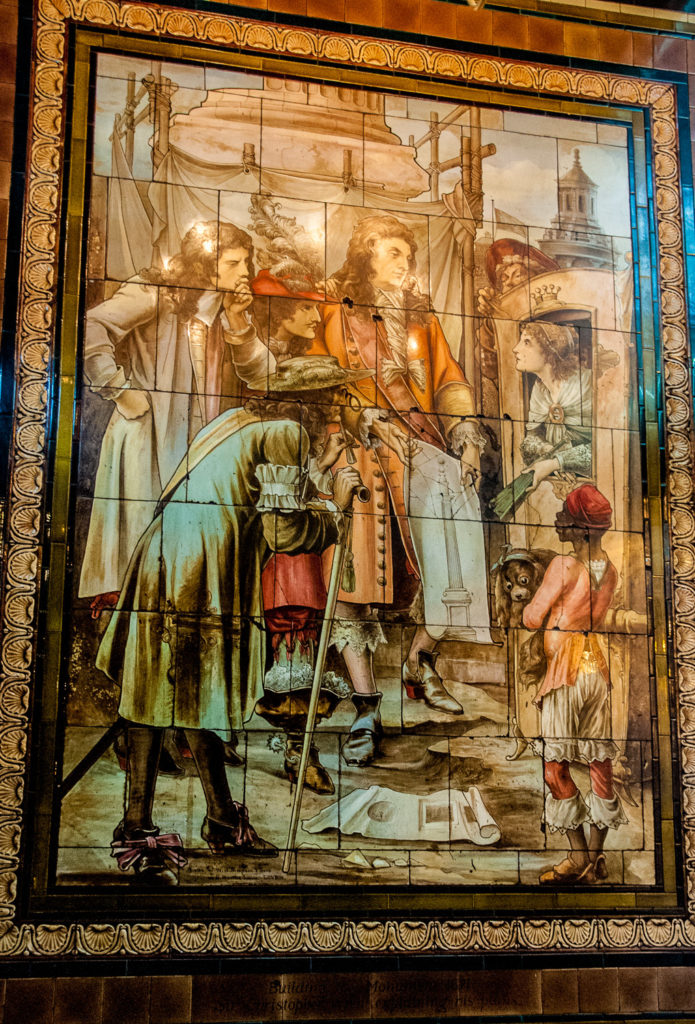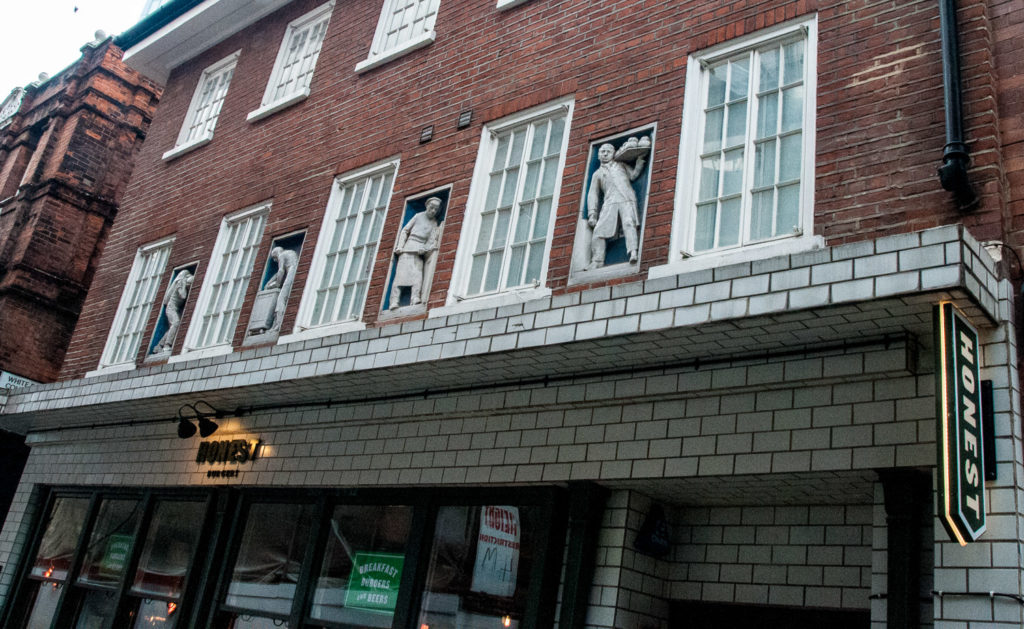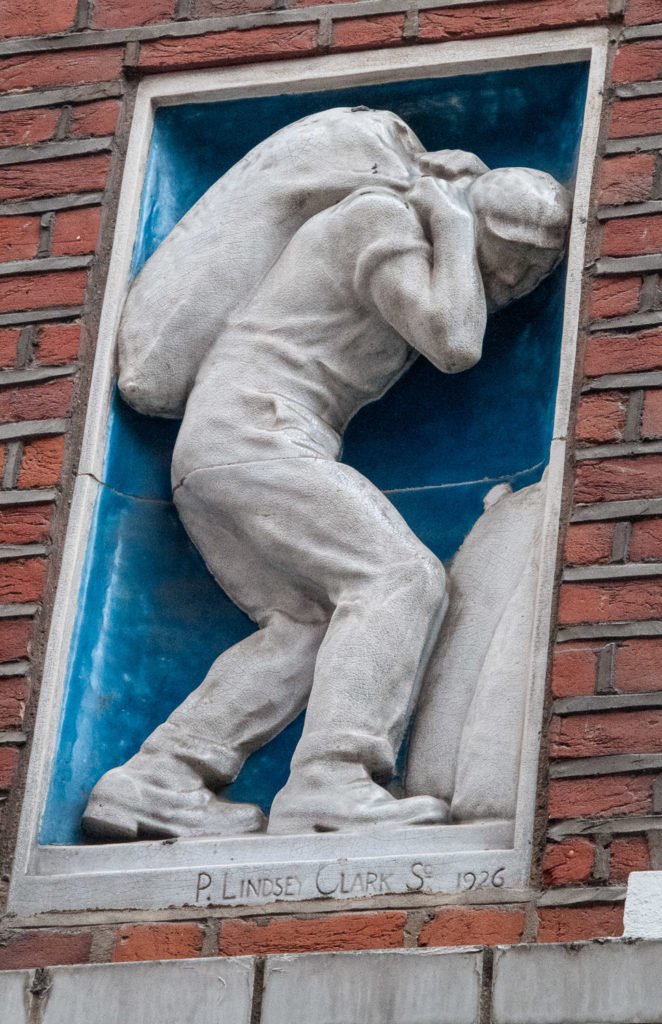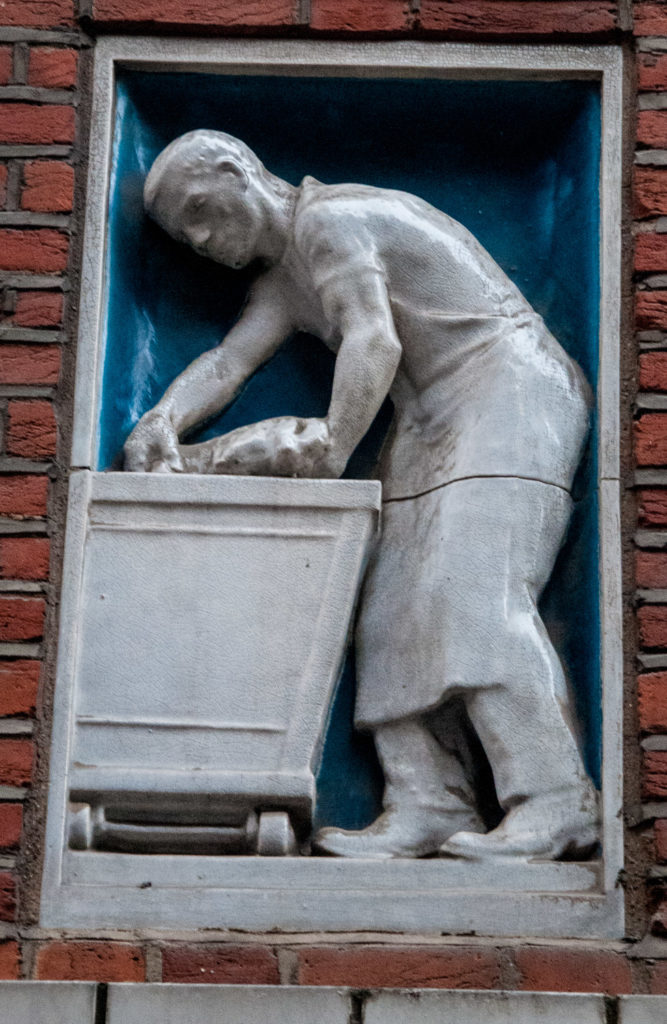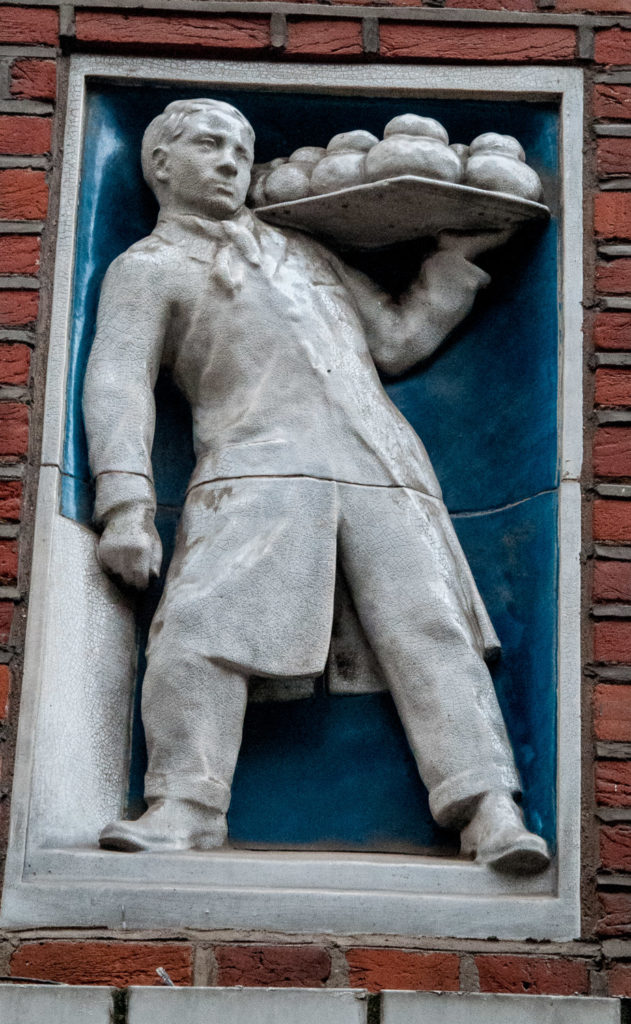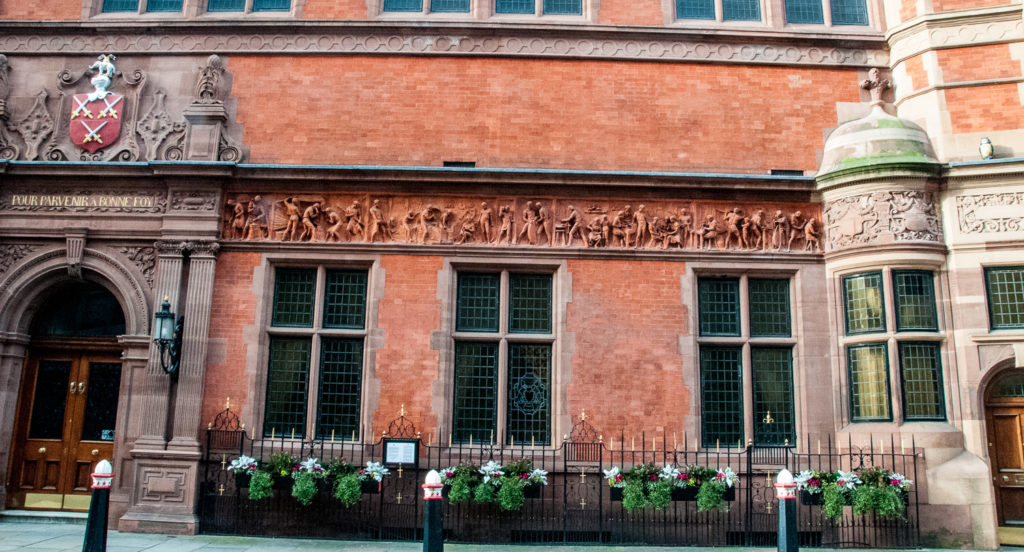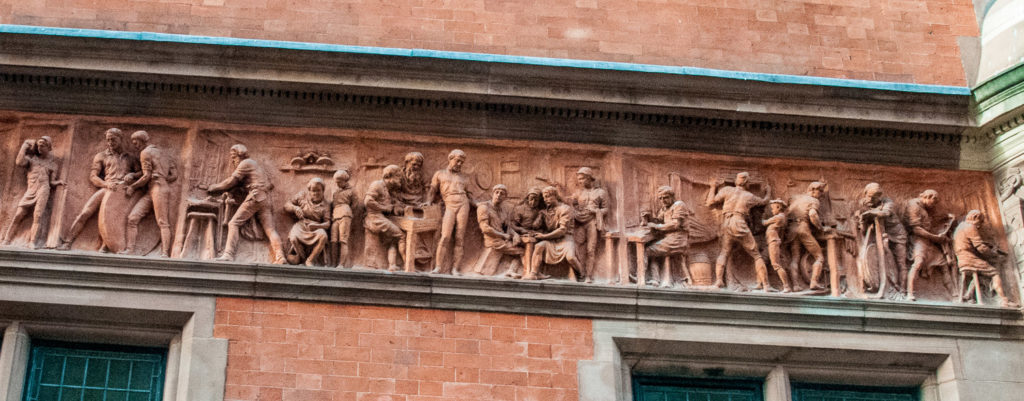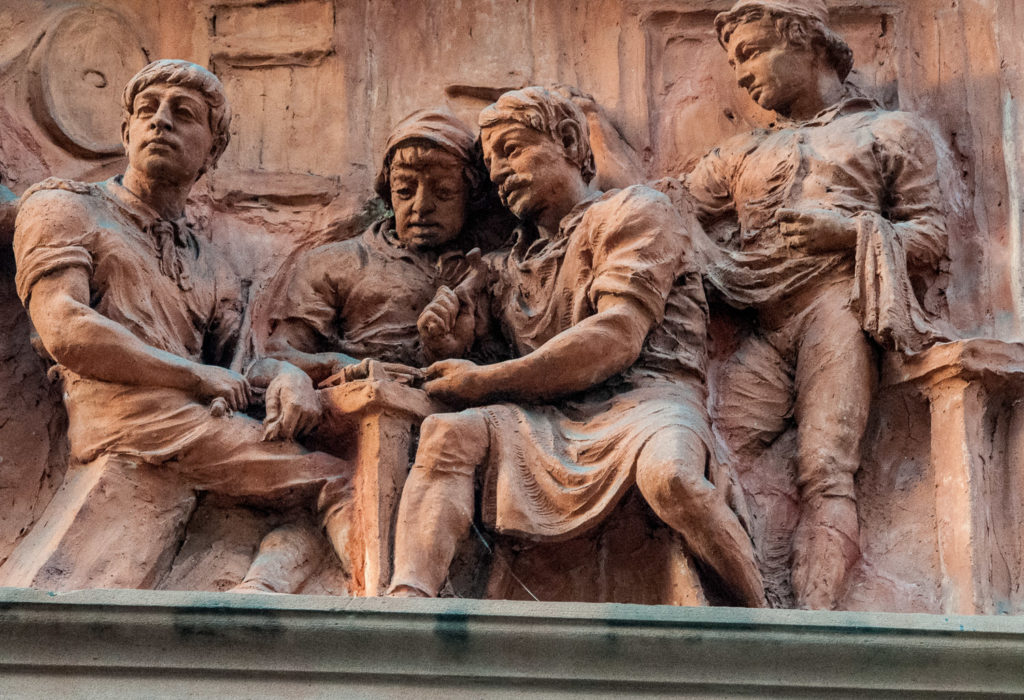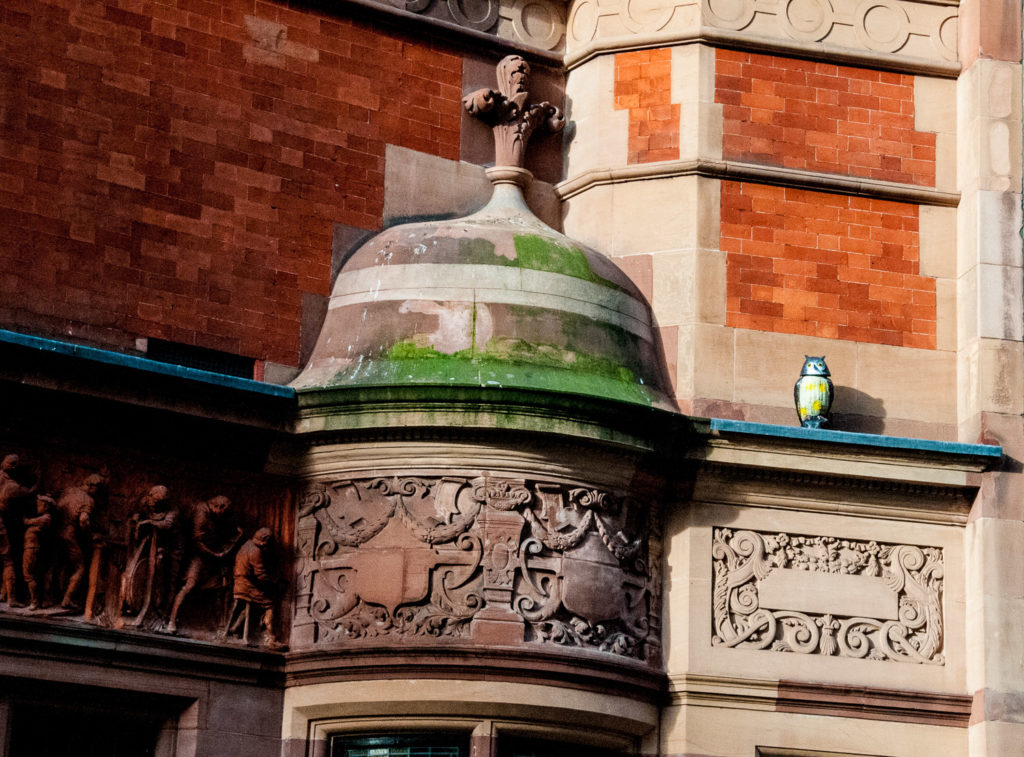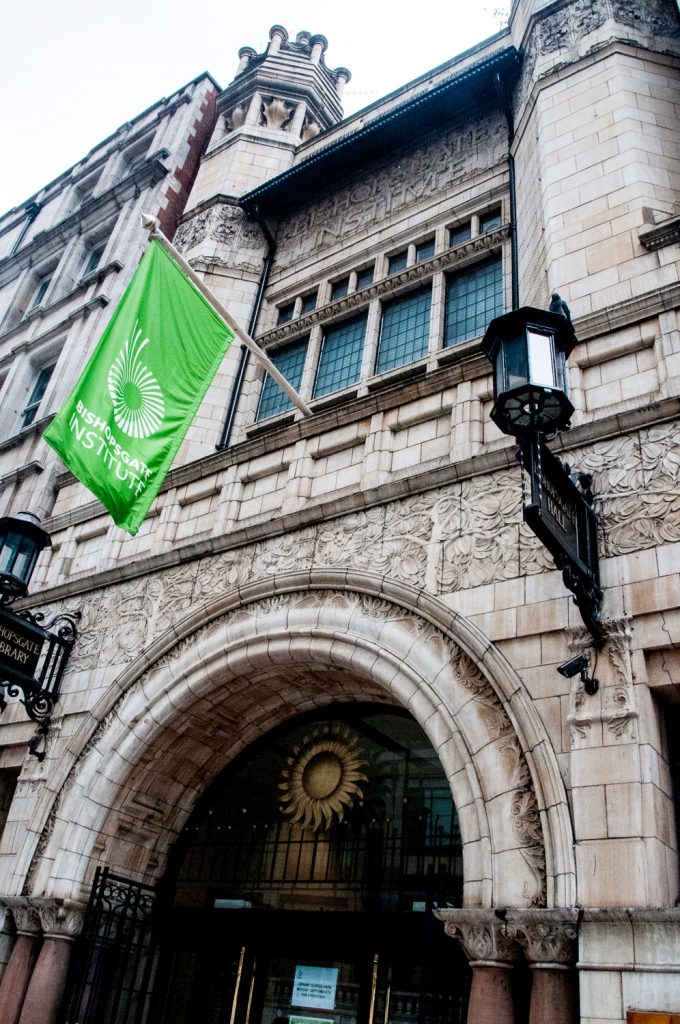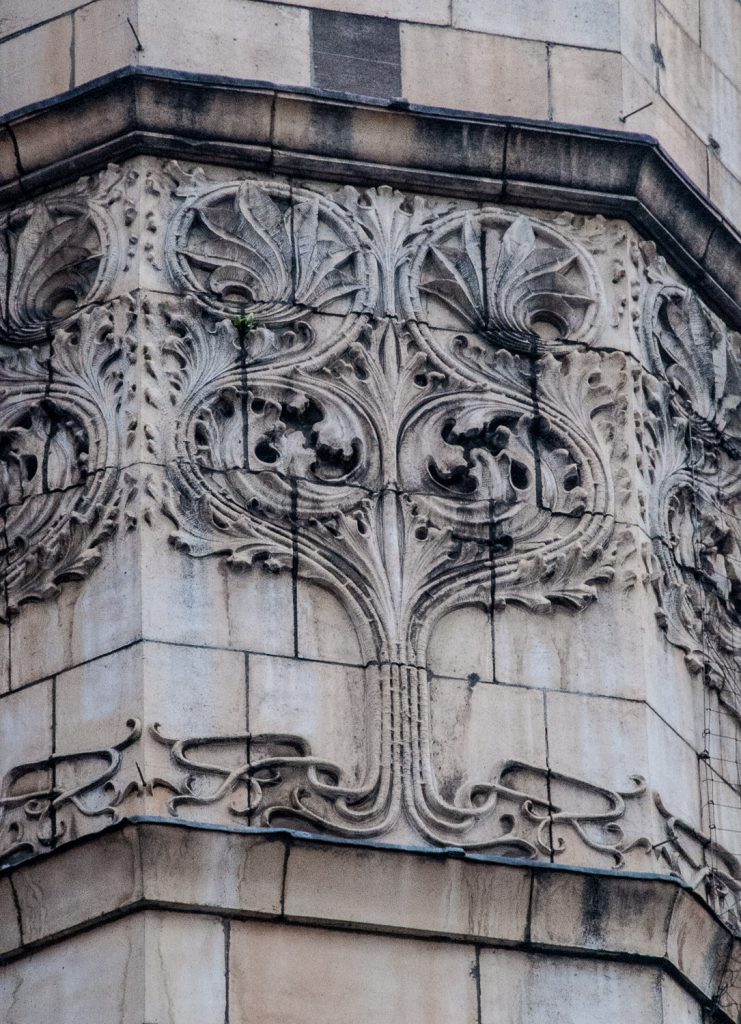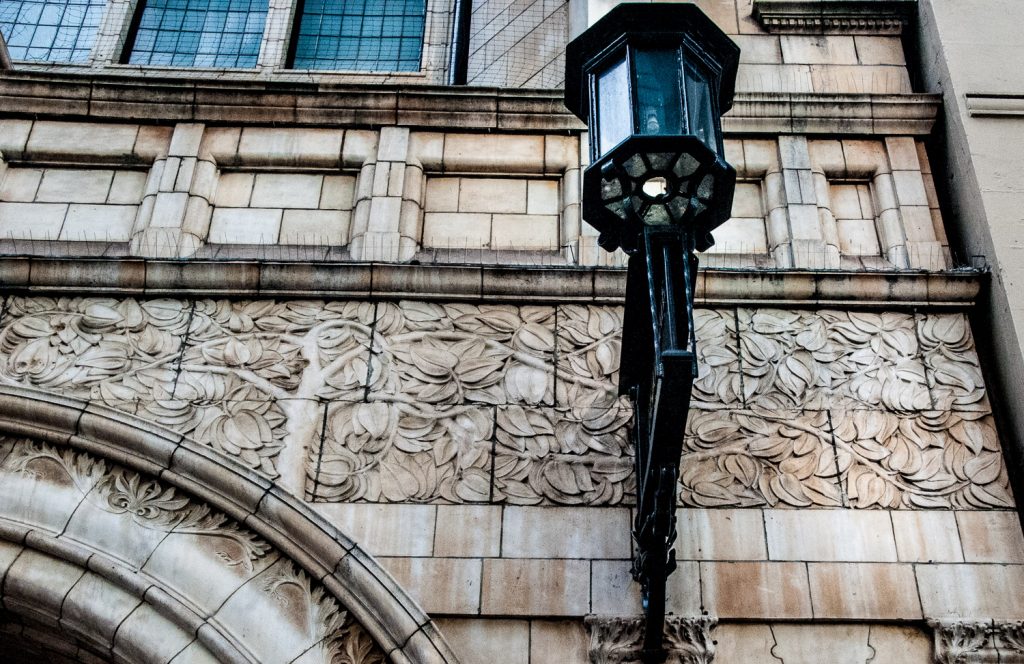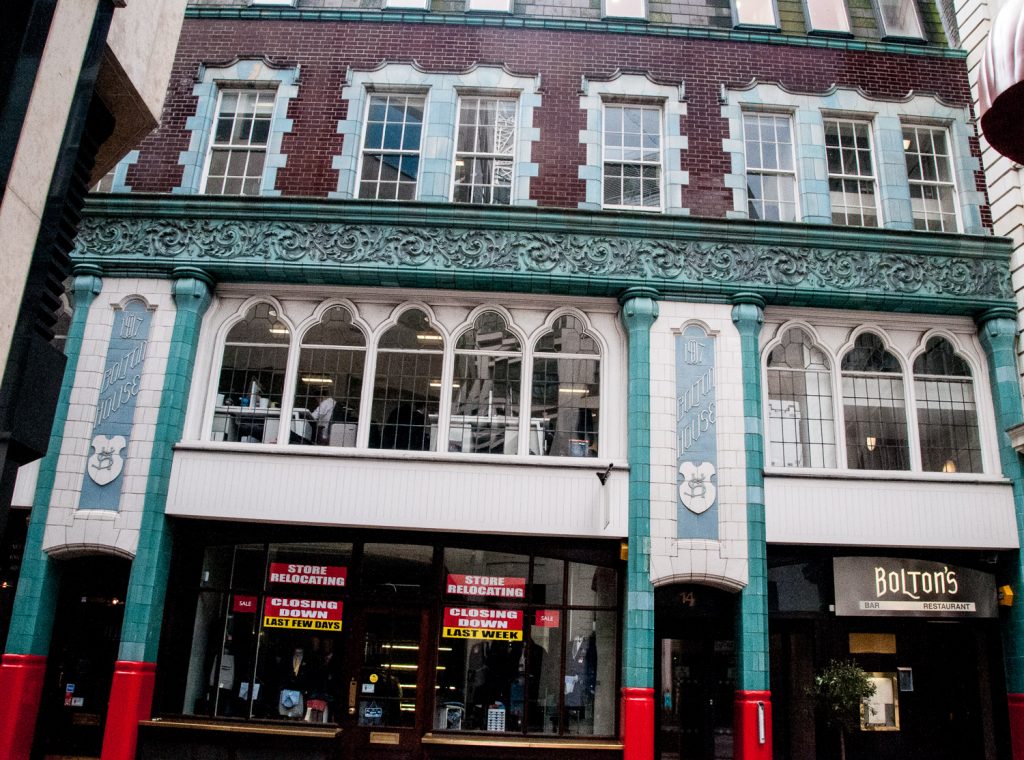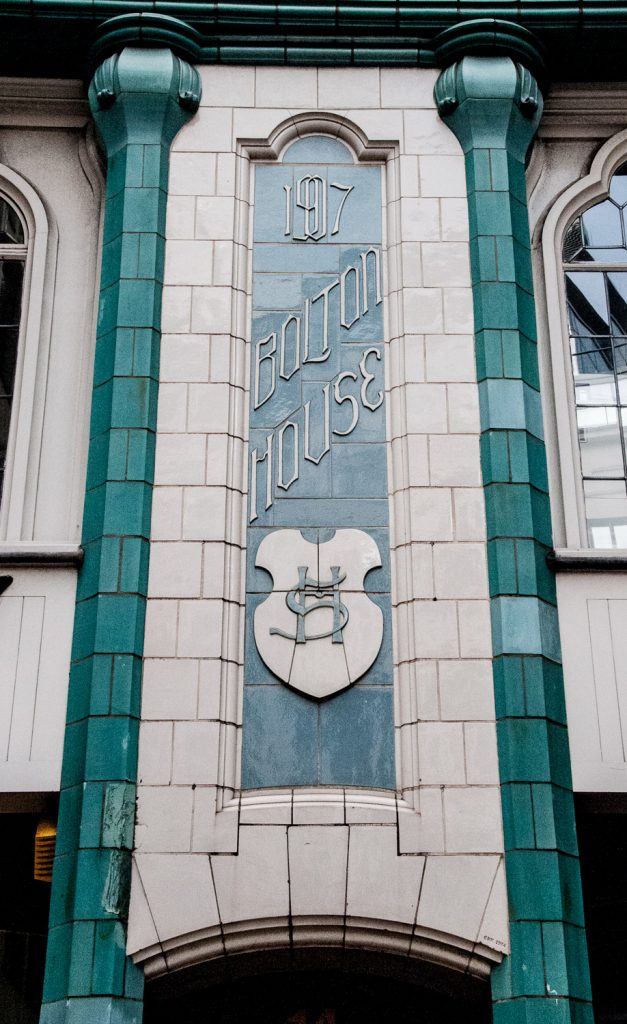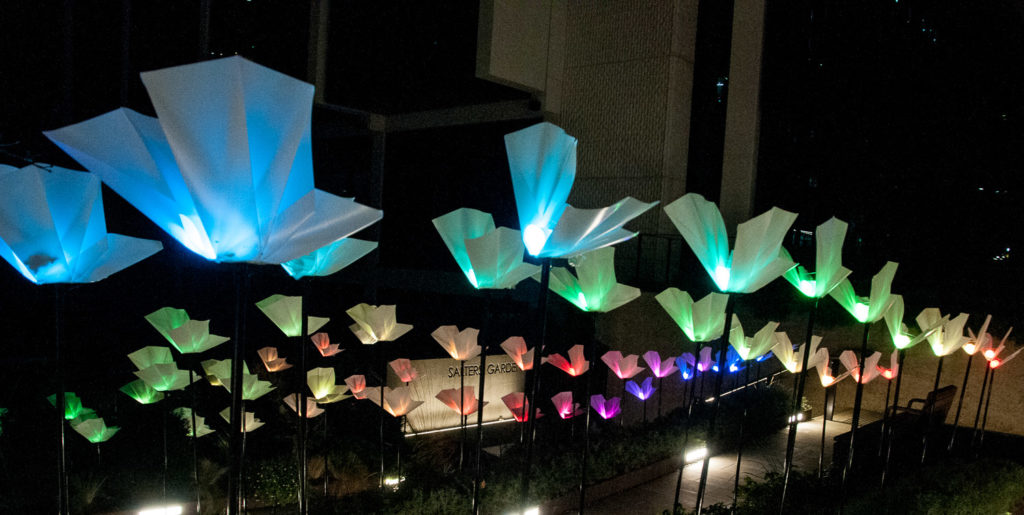At the north end of Whitecross on the corner with Old Street a plaque on a wall tells us that there once lived here a lady called Priss Fotheringham who had been ranked ‘the second best whore in the City’. This description appeared in 1660 in a serial publication called The Wandring Whore by John Garfield, which described in some detail the antics of London’s prostitutes.
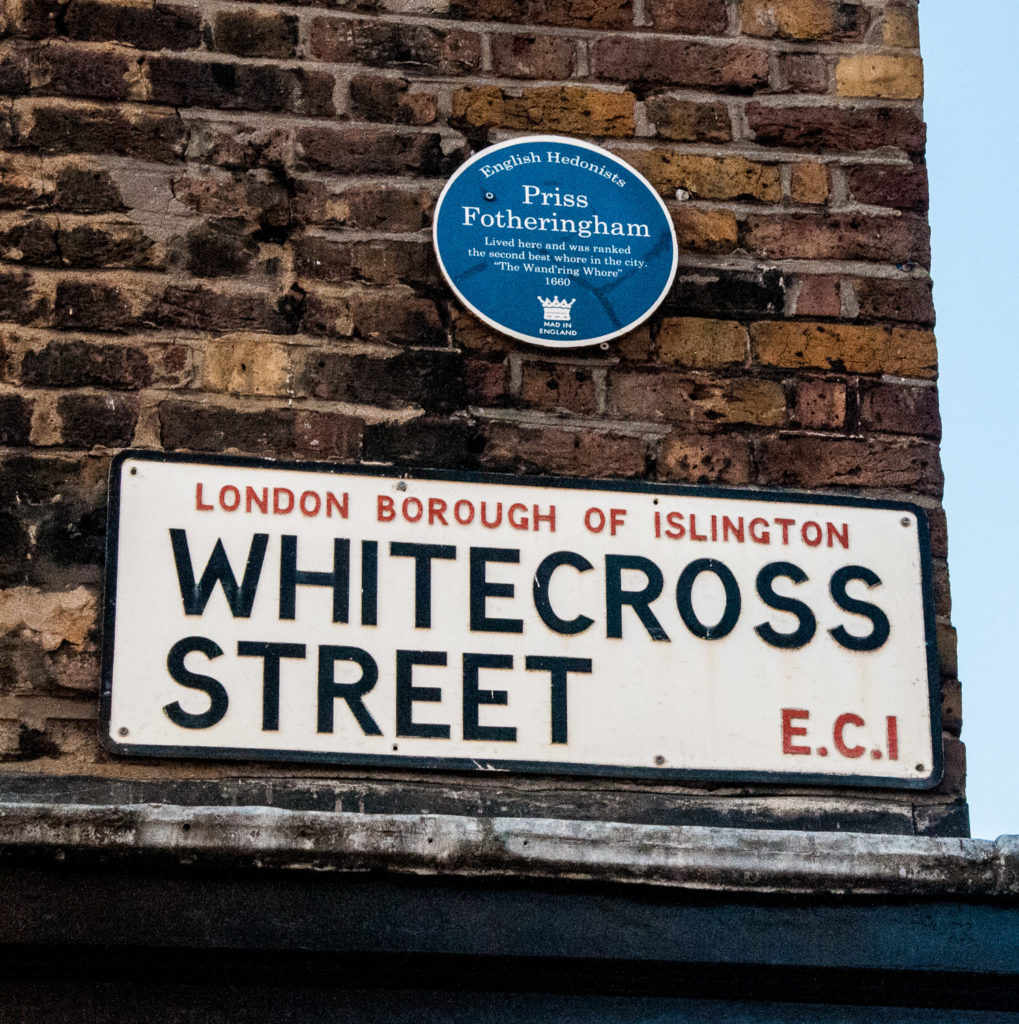
Described when young as a ‘cat-eyed gypsy, pleasing to the eye’, Priscilla Fotheringham (nee Carswell) was a colourful character very famous in her time. It is thought she was born in Scotland around 1615 and little is known of her early life. What we do know is that in 1652 she was sent to Newgate Gaol having been found in a house of ill-repute …
… sitting between two Dutchmen with her breasts naked to the waist and without stockings, drinking and singing in a very uncivil manner.
In 1658 she was still misbehaving and was bound over by a Middlesex Justice of the Peace for …
… being a notorious strumpet … that had undone several men by giving them the foul disease … and for keeping the husband of Susan Slaughter from her and for also threatening to stab said Susan Slaughter … and also for several notorious wickedness which is not fit to be named among the heathen.
She had married Edward Fotheringham, an odious character from a brothel-owning family, in 1656, and he set her up as a madam at the Jack-a-Newberry Tavern on the corner where her plaque now stands. As her looks faded with time she became more ‘creative’ in the way customers were entertained – you can read more detail in her Wikipedia entry. She made enough money to set up her own brothel and died (of syphilis) a wealthy woman around 1668.
I have found a great 17th century ballad about the area and placed it at the end of the blog.
Whilst walking up from Beech Street to visit Priss’s little plaque I was struck by the extraordinary variety and quality of the street art, much of it a legacy of Whitecross Street parties.
The one that always catches my eye is this mural by Conor Harrington, an Irish artist living and working in London …

Beneath it and to the left is one of my favourites, the cherubs assembling a bazooka …
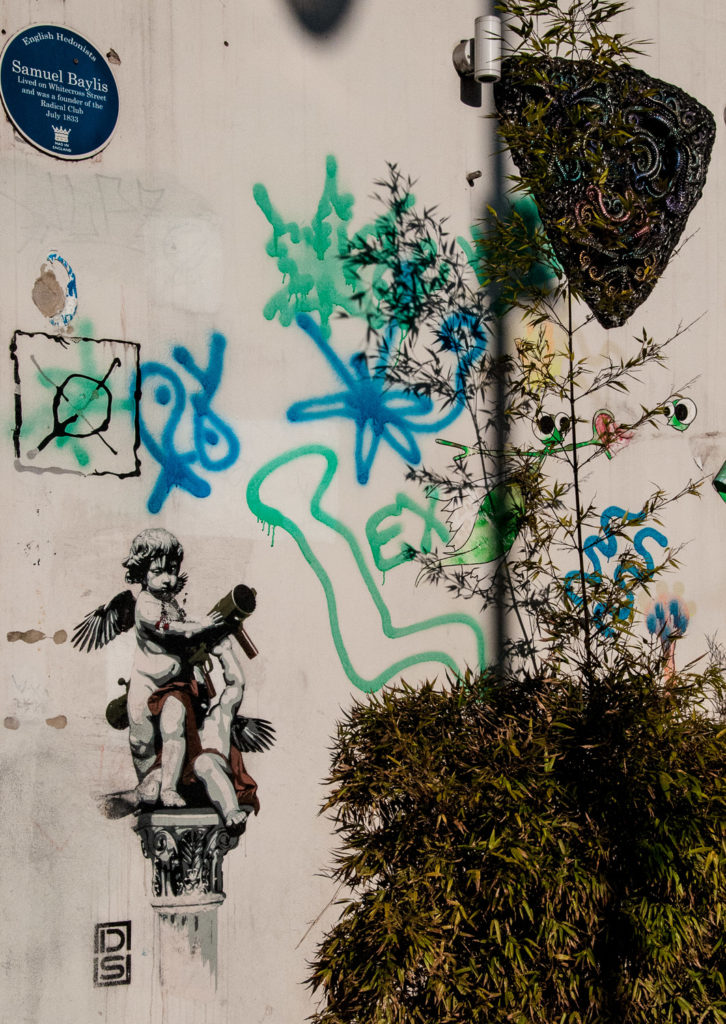
Paul Don Smith is a prolific artist and I have come across a lot of his work around Brick Lane. Here are two of his Whitecross Street offerings …


You can also catch a glimpse of his work here, the lady on the side of the street furniture on the left …

And I always smile when I see the installation by the Italian artists Urban Solid below the window of the Curious Duke Gallery …
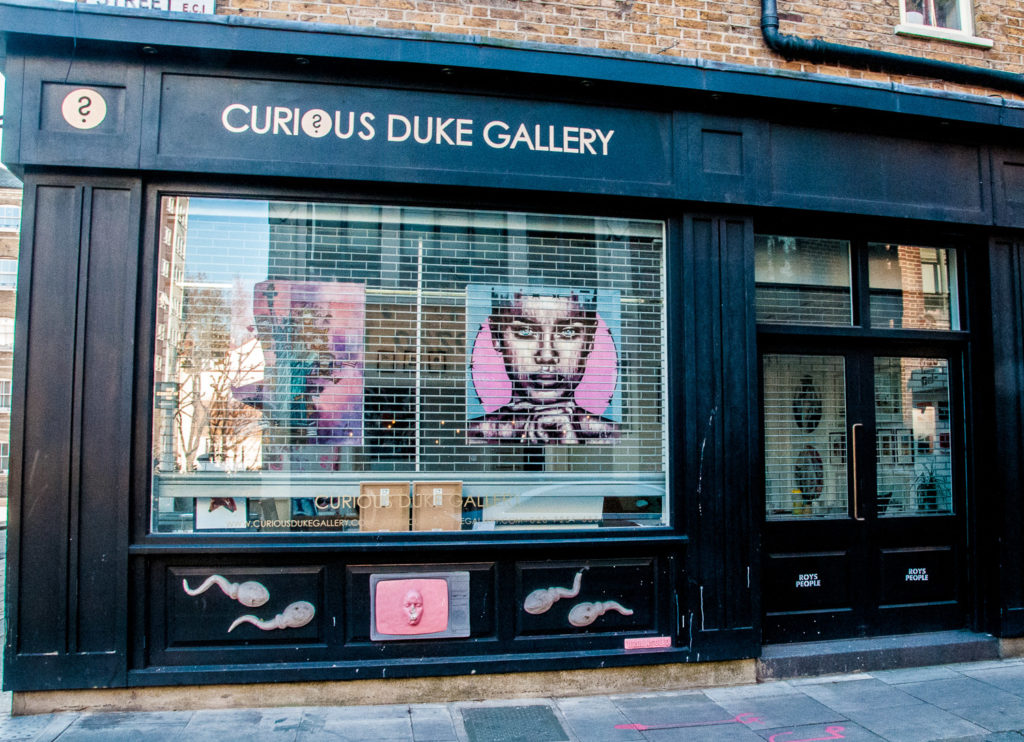
And what about this rather rude representation of someone taking a selfie …
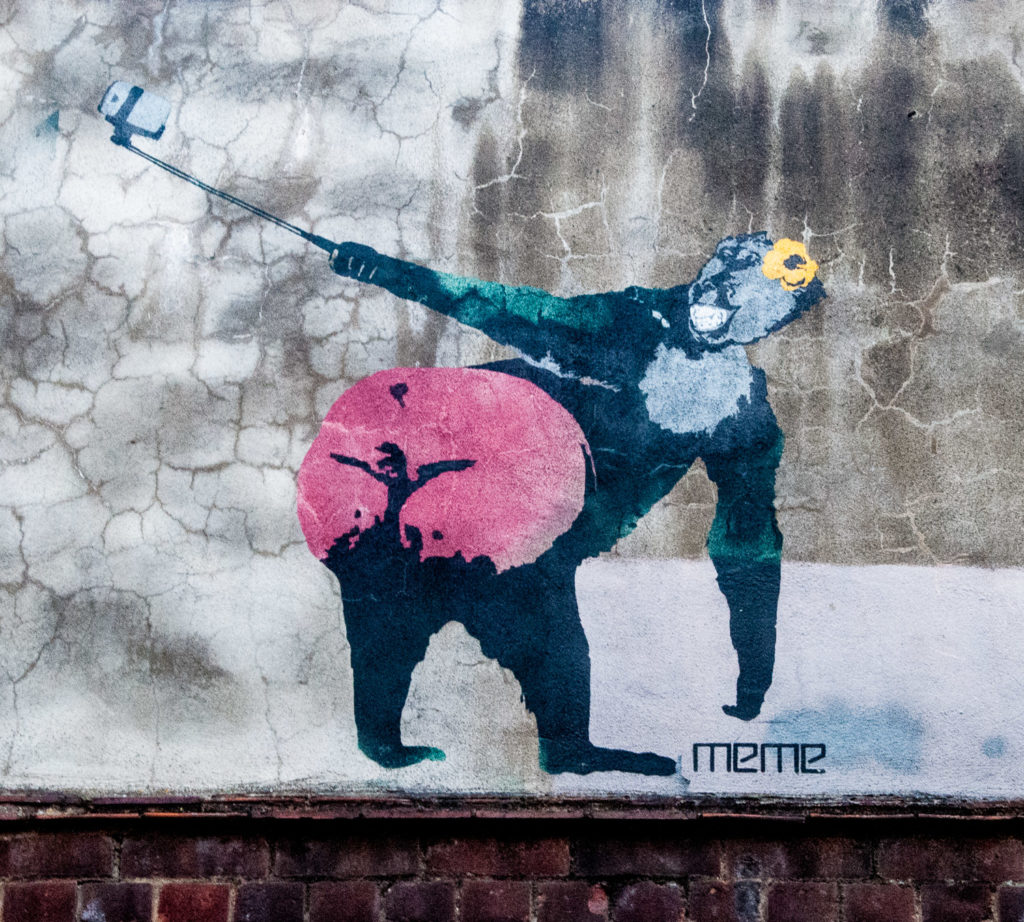
Referring back to Priss and the days when much of this part of London was a centre of prostitution, I would like to end with this from the Roxburghe Ballad collection …
In Whitecross Street and Golden Lane
Do strapping lasses dwell,
And so there do in every street
‘Twixt that and Clerkenwell.
At Cowcross and at Smithfield
I have much pleasure found,
Where wenches like to fairies
Did often trace the ground.
Nowadays the big attraction is Waitrose.
